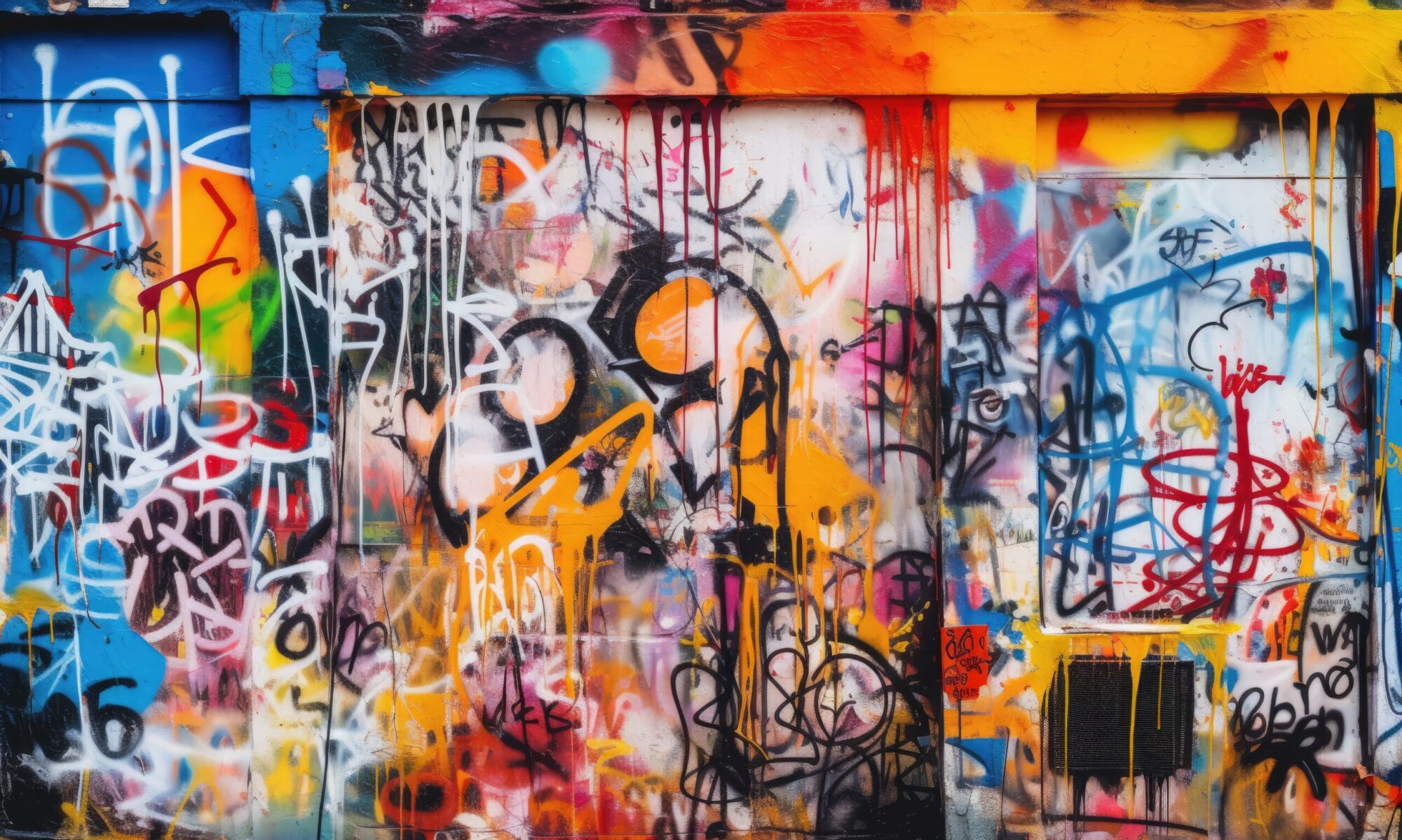This is the latest post in a series announcing resources created for the Scholarly Communication Notebook, or SCN. The SCN is a hub of open teaching and learning content on scholcomm topics that is both a complement to an open book-level introduction to scholarly communication librarianship and a disciplinary and course community for inclusively sharing models and practices. IMLS funded the SCN in 2019, permitting us to pay creators for their labor while building a solid initial collection. These works are the result of one of three calls for proposals (our first CFP was issued in fall 2020; the second in late spring ‘21, and the third in late fall 2021). Today we’re excited to share “Ethical and Policy Considerations for Digitizing Traditional Knowledge” (available via Pressbooks and in the SCN OER Commons Hub). This work was created by Dr. Jenna Kammer and Dr. Kodjo Atiso. Traditional knowledge has often been appropriated and used in manners inconsistent with the community wishes, to detrimental effect. Tools like Traditional Knowledge badges and this lesson from Kammer and Atiso are responses to that colonial exploitation. It’s vital that librarians proceed with care and concern when working with these communities and their cultural heritage, and we deeply appreciate the work these colleagues have done to educate on these issues. Here are Jenna and Kodjo to introduce Ethical and Policy Considerations for Digitizing Traditional Knowledge:
Ethical and Policy Considerations for Digitizing Traditional Knowledge is a comprehensive instructional resource designed to introduce library professionals to the ethical and policy issues which accompany the digitization of traditional knowledge collections. This instructional resource includes a lesson plan, a slide deck, a case study with accompanying worksheet, and an annotated bibliography. Instructors can llead students through a lesson plan which includes identification of prior knowledge, direct instruction, guided practice and independent practice. Through this “I do, we do, you do” approach, students will learn about the definition of traditional knowledge, how and why it might be preserved, ethical considerations when preserving it, and provides examples of traditional knowledge collections. The resource also includes an opportunity for students to work through an authentic case study from a library which digitized a traditional knowledge collection. Using a worksheet that includes guided criteria, students can review the case study to determine how the community was considered within each stage of the digital content lifecycle. The resource also includes background reading on digitizing and preserving traditional knowledge with brief annotations for both instructors and students.
The case study in this instructional resource was adapted from an authentic project conducted by a librarian in Ghana (who is also one of the authors of this resource). The project describes the development of a database of plants used for medicinal and educational purposes in Ghana to share with the public as a response to a need for access to general scientific knowledge. The project completed prior work which had been started by biologists in the mid 1900’s by digitizing plant materials, describing the traditional medicinal uses of the plants, and naming them in both English, Latin and the local Ghanaian language. The case study includes descriptions of how the local community was brought into the project, as well as special cultural considerations applied to describing the materials in the project.
We developed this resource after realizing that many textbooks related to organizing information did not discuss traditional knowledge collections and the cultural considerations that should be applied when collecting, describing, managing, sharing and reusing these materials. We also found that the real life example of the plant database was an excellent learning opportunity for others who would be embarking on such projects. Essentially, we wanted to create instructional materials which could explain to new and emerging professionals how to include community voices within a digitization project that may include cultural heritage, personal stories, history, traditional practices and local knowledge. We also felt like it was important to include examples of cases where digitizing local knowledge benefited the local community, but also examples where the community was exploited once the collections were made available. Both of these experiences are historically important to understand the value added by digitizing traditional knowledge, but also how traditional knowledge has been misappropriated and used for commercial purposes by people outside of the local community. We hope that this OER helps provide a framework for thinking ethically, including the communities involved with local collections, while also considering how to specify conditions for how the content in these collections can be used, shared or circulated.
About the Authors
Jenna Kammer is an Associate Professor at the University of Central Missouri. Her MLS is from the University of Arizona, and her doctorate degree is from the University of Missouri in the School of Information Science and Learning Technologies. She also holds a Masters of Arts in Education from New Mexico State University. At UCM, she teaches the Organizing Information class, and other courses related to library science. Kammer also teaches graduate students to create open educational resources.
Kodjo Atiso is the University Librarian at Cape Coast Technical University in Cape Coast, Ghana. His masters is in library science from the University of Ghana and his doctorate degree is from the University of Missouri in the School of Information Science and Learning Technologies. He has been involved in the development of several digital repositories and is the project director for the Endangered Archives Programme project at the British Library called Digitisation of pre-Independence herbarium in Ghana.
